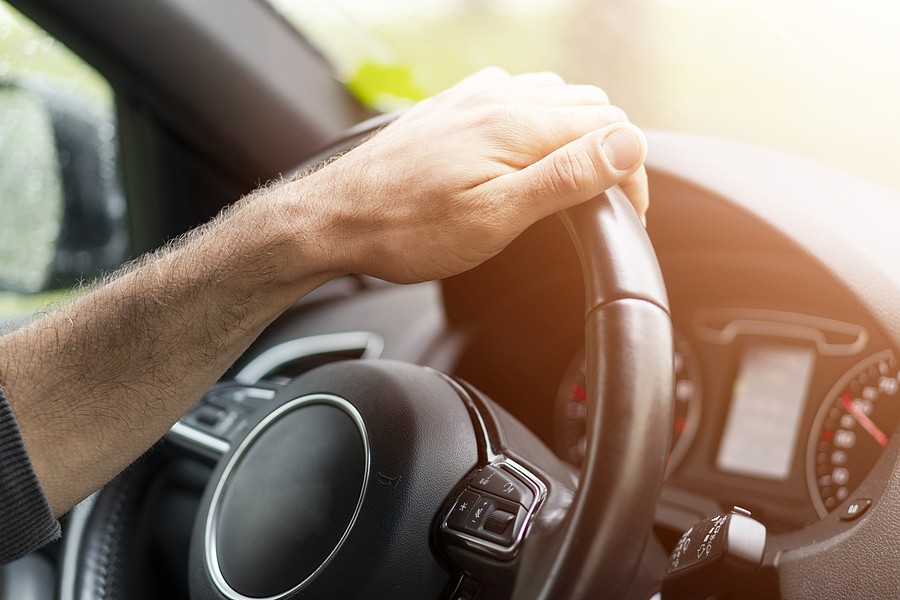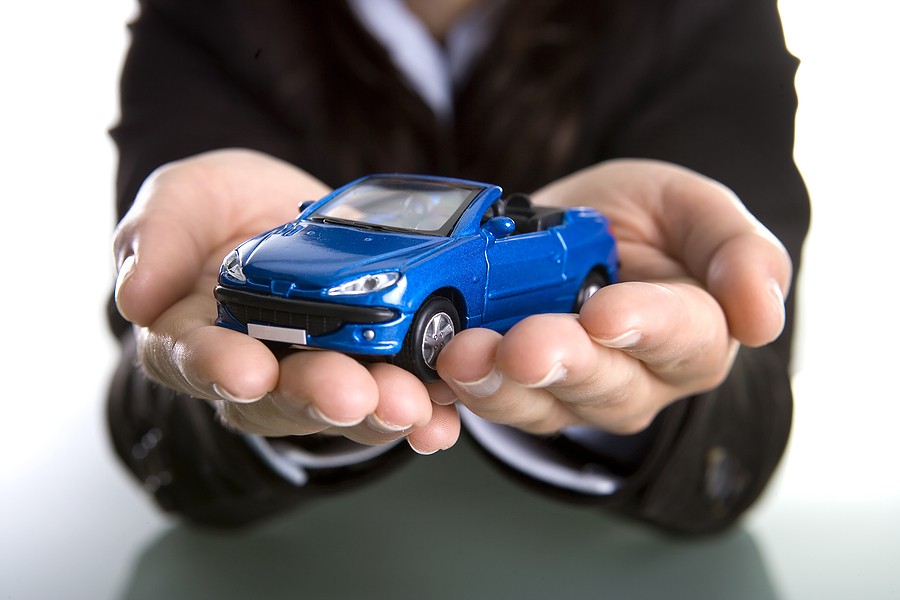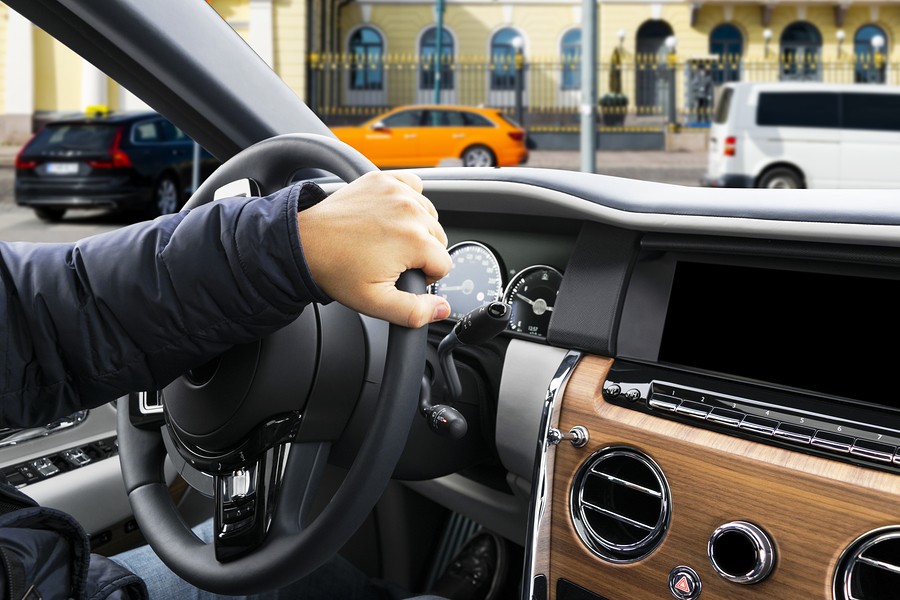Car jacks are used to lift the car off the ground and they are considered a necessity when you need to change a tire. But do you know that car jacks are not only used for changing a tire? Car jacks can also be used to transform any space in your home into an automotive workroom, making it possible for you to do some do-it-yourself car service and maintenance. While car jacks are reliable and safe, practicing car jack safety is necessary to make sure that no problem can occur, especially if you are working under your car, which can be very dangerous. Car jack safety practices include:
- Making sure that you only use a car jack on a hard level surface and not a sloped or sandy one.
- Be aware of the car jack’s lifting or weight capacity and make sure you don’t exceed it.
- Making sure you only jack the car’s lift points or the strongest parts of your car’s chassis. This is done so you won’t damage your car and ensure your car jack won’t slip.
- Wedging chocks under the wheels of your car so it stays on the surface and the car won’t roll away.
- Making sure that the trolley jack, if you are using one, is free to roll when the car is raised so your car won’t slip off the car jack.
- Not going under a car if it is only supported by a car jack. This is an important car jack safety tip. If you need to go under your car, use jack stands under the car’s appropriate parts and lower the car to the jack stands.
- Not attempting to use bricks, blocks, or wood to support your car. Only use jack stands to support it.
- If you have passengers, don’t let any of your passengers remain in your car or get into it when it is only supported by a car jack.
- If the instructions call for it, apply or engage your handbrake.
- Familiarize or study the instructions specified in the owner’s manual of your car jack.
Car jacks are easy to use, reliable, and safe when used correctly. If not, it can be dangerous. That is why practicing car jack safety is vital. In this article, we will discuss car jack safety practices and more so continue reading!

Car Jack Safety: What is the Purpose of Jacking?
If you have been driving for a while, you probably have changed a tire at some point. Of course, to do this, you will need a spare tire and a car jack. Without these two important objects, you won’t be able to change your tire nor lift your car off the surface. It is for this reason why a car jack should be included in your basic car toolkit.
Though car jacks are usually used when you are changing a tire, it is not only used for that purpose. In fact, when you have a car jack, you will be able to transform your garage or any space into an automotive workshop. You can perform do-it-yourself maintenance and services right in your home. But, there should be some precautions.
Although car jacks are safe and reliable, car jack safety practices should still be done. Improper use of car jacks can be extremely dangerous, especially if you are working under your car. Reports say that there have been some car owners that were harmed while working under their cars that involve the use of car jacks. Many of the fatalities had happened when the car jacks were used and supported in the wrong way.
But before we discuss car jack safety, let us explain what a jack stand is and its different types. A car jack works by using the power of hydraulics to lift a car’s part up and lets the user access it to perform a tire change or other maintenance. Car jacks have various types and weight ratings. It is important that you choose the right type of car jack to ensure car jack safety.
The different types of car jacks include:

- Floor jacks
This is the most common type of car jack. It is usually used for performing car repairs and maintenance. Floor jacks are easy to use and are easy to move around, allowing you to position it in the exact spot of your car that you need to be lifted. A floor jack has a low to the ground component with four wheels and a long handle. The user uses the handle to pump the hydraulic part of the jack.
The car jack’s low profile of the base lets it be operated easily. You need to turn the handle clockwise to close the valve before you pump the handle to raise the car jack. Then turn the handle counter clockwise. This opens the valve and lowers the jack saddle. Floor jacks can be very helpful to car owners, especially if they need to perform some repairs that need them to get under the car.
When using floor jacks, you need to practice car jack safety. Using a floor jack is easy but you need to use it correctly to avoid problems or casualties. To use a floor jack properly, follow these simple steps.
- When you jack up your car, you need to find out first your car’s safe lift points. The safe lift points are your car’s chassis’ strongest parts, which are usually in the front or behind the wheel arches of your car. If you are not sure what your car’s safe lift points are, you can consult your owner’s manual.
- Maneuver or operate the car jack under your car’s lift points. This is done to make sure that the base plate is directly underneath the frame’s sill.
- You can then start to lift the car jack. You just need to pump the height adjustment arm, but go slowly when you notice that the base plate comes closer to the car so you can properly align it and ensure that the weight will be distributed evenly.
- Keep on pumping the height adjustment arm until your car is raised off the surface. Many floor jacks are equipped with a locking mechanism that will keep the arm in place, allowing you to safely move around and work under your car.
- Whenever you are ready to lower your car, you can move the jack’s height adjustment arm to its vertical position. Once adjusted to its vertical position, you can then twist it to release the air in the pump. This lowers your car slowly to the surface.

- Scissor jacks
This type of car jack is found in most cars. It is lightweight and portable. A scissor jack has a scissor-like, crossover mechanism in the middle of a flat saddle support and a solid base. There is a threaded, long screw that runs through the hinge’s center, which is responsible for creating a very powerful lift.
When the screw turns, it opens the scissor hinge which leads to the saddle to be raised and lifts the car. If you turn the screw counter clockwise, it closes the scissor-like mechanism, which lowers the saddle and its load.
This type of car jack is considered as the most portable, compact, and reliable way of changing a tire. That is why carrying a scissor jack in all regular cars is recommended. It is quite common that this type of car jack is provided by car manufacturers alongside a spare tire. This scissor jack that has been provided is made to fit many, different lifting spots of the car.
If for some reason you need to replace your scissor jack, you need to make sure that the one you replace it with lines up with your car’s lifting spots and weight. It is one of our car jack safety tips. One good thing about a scissor jack is that it is low maintenance. It does not depend on any fluid for it to operate.
To make sure that you practice car jack safety when using a scissor jack, you should remember these following car jack safety tips.
- When using a scissor jack, it is important to use it directly on the safe lift points of your car. You need to know where these safe lift points are before you try to lift your car. This is important since there are scissor jacks that can only be used at certain points on the car’s chassis. These car jacks have a specially-made base plate that will fit into the undercarriage’s grooves of your car.
- Scissor jacks usually come in two parts, which are the handle and the jack itself. Before you can use this type of car jack, you will have to attach the handle. Once in place, you will just have to slide the handle on and start turning it in the direction where you see the “R” or raise mark. Make sure that you turn slowly when it gets closer to the car’s undercarriage so everything will be aligned properly.
- When you have fully raised your car, experts are recommending removing the handle to prevent you from tripping over it and from getting it knocked.
- Once done with the tire change, you can lower your car by just cranking the car jack’s turning handle in the opposite direction, or the direction where you see the “L” or lower mark.

Car Jack Safety: What are Safe Practices When Using Jacks?
Car jacks are helpful tools that make changing tires very easy. Aside from that, the jacks can also be used when you need to access your car’s undercarriage. Car jacks in general are very easy to use, reliable, and safe, but only if you use them properly and correctly. That is why experts are recommending proper car jack safety practices.
So if you are asking, what are the safe practices when using car jacks? Here are our car jack safety practices or tips.
- Handle the car jack with care. You should make sure that you don’t drop it or throw it since it can cause its metal to become cracked or distorted. When this happens, it might fail under load and harm you or your car.
- You should remember that a car jack should only be used to lift your car from the ground and not to hold it in place. This is one of our car jack safety tips.
- When positioning your car jack, do it properly. Place it under your car’s safe lift point, which should be flat and level with the surface or ground. The ground should be able to support the jack’s base. Do not use a car jack on a sloped or sandy area.
- If you can’t find a flat surface, you can turn the wheels towards the curb and place chocks behind your car’s wheels that remain on the ground to keep your car from accidentally rolling. Only do this when you have no other options.
- When using a car jack, do not put extenders for the height between the jack engagement and the load.
- If you are using a self-propelled car jack, you need to put your transmission in gear or in the park position. Also set the brakes and turn off your ignition.
- Loosen the wheel’s nuts before you try to lift the wheel off the ground to keep any possible movement from occurring which can dislodge the jack’s tractor off.
- You need to check the jack’s position after you start the lifting. Make sure you lower the jack immediately and try again when it leans.
- Do not lift the car jack than is necessary.
- While using the jack, stand to one side to avoid being struck by its handle. Do not attempt to straddle the handle, and you should remove it when not in use.
- If you need to work under your car, you must make sure that you use a jack stand which can support the weight of your car.

Whether you are changing a tire or performing a car maintenance procedure that requires working under your car, a car jack is very useful. But to make sure everything will be safe, including you and your car, car jack safety should always be practiced.



